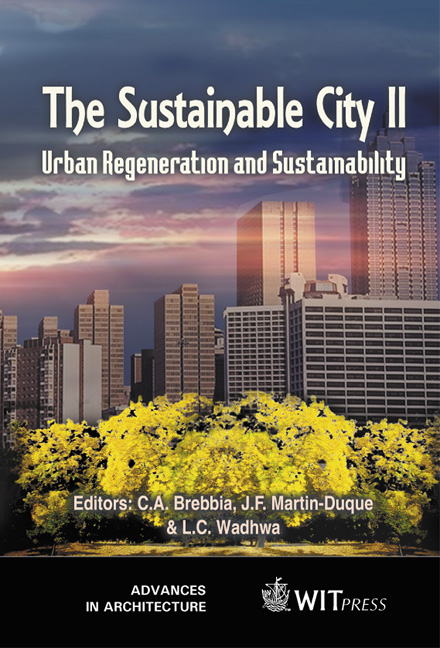Agriculture As An Urban Infrastructure: A New Social Contract
Price
Free (open access)
Transaction
Volume
54
Pages
Published
2002
Size
519 kb
Paper DOI
10.2495/URS020901
Copyright
WIT Press
Author(s)
A Fleury
Abstract
Main changes in relationships between society and open spaces in the Ile-de- France are described for the last decades. Step by step, agriculture becomes a part of the urban nature; so, new concepts appear such as identity, heritage, difference, landscape, vicinity agriculture. As consequences, original characteristics of urban planning are pointed out, especially Green Belt, designed to improve urban life environment. Its implementation is possible thanks to an innovative political framework concerning sustainable development, and a new law concerning new challenges for agriculture. In the second part, some examples will be analysed; they are cross types of farming systems (viticulture, market-gardening and cereal cropping) and types of towns of green belt (small towns and new towns). Main current debates are briefly analysed, concerning agricultural heritage, agricultural landscape, present criticism of cropping systems and multifunctionality of agriculture. In conclusion, it is considered that agriculture produces no only foodstuffs, but also landscape, social value and economic infrastructure. That is the reason why this agriculture is called urban agriculture. 1. Introduction A city is sustainable when its different social components live in harmony in their common space. Among many other factors and conditions, a wide range of green spaces is usually considered as necessary, including private and community gardens, public spaces, recreational and professional agriculture, etc.
Keywords





